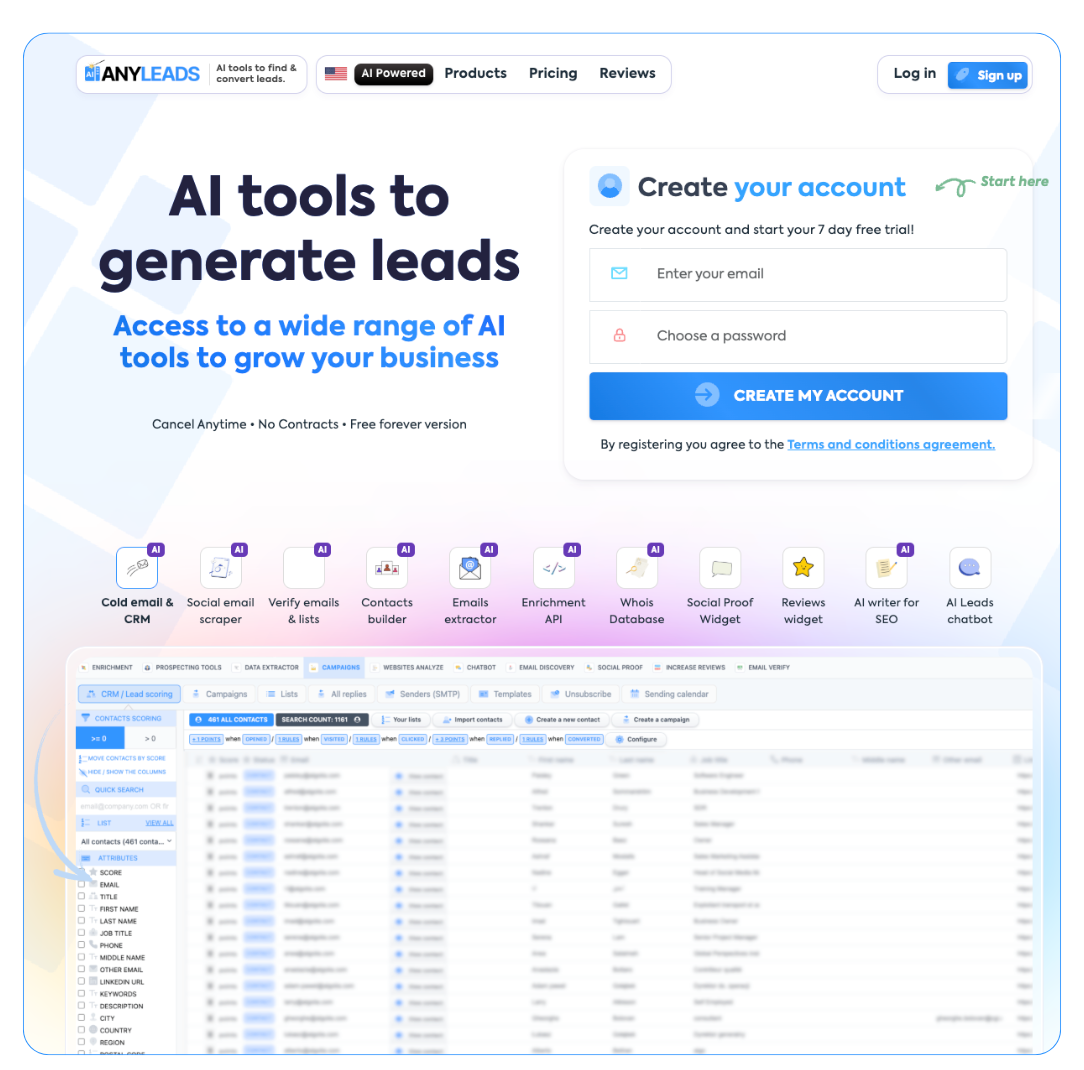 LIMITED SPOTS
All plans are 30% OFF for the first month! with the code WELCOME303
LIMITED SPOTS
All plans are 30% OFF for the first month! with the code WELCOME303

 LIMITED SPOTS
All plans are 30% OFF for the first month! with the code WELCOME303
LIMITED SPOTS
All plans are 30% OFF for the first month! with the code WELCOME303


Voice AI has been circling the B2B world for years, but adoption was never really about technology. It was about cost.
For most companies, voice APIs felt powerful but impractical at scale. Prototypes were easy. Real deployment was not. That dynamic is shifting fast.
With Falcon's 1-cent-per-minute pricing, the conversation around voice AI in business has moved from "Can we afford this?" to "Where can we use this next?" and that change matters more than most organizations realize.
It's not just about cheaper minutes. This is about unlocking a totally different way to build, scale, and think about voice-driven systems inside B2B products.
Most businesses have hit a similar wall with voice technology. Small pilots are impressive in demos but break budgets when moved into production.
Here's what usually drives the cost:
High per-minute voice generation fees
Infrastructure load resulting from real-time streaming
Complex deployment requirements
Performance cannot be maintained without specialist engineers
What this created was a pattern: Enterprises experimented. Startups tested. But very few organizations scaled voice across customer touchpoints, internal tools, training systems, or automation flows.
That changes with Falcon's pricing structure. At 1 cent a minute, usage stops feeling like a luxury and starts feeling like a standard infrastructure cost.
That psychological shift is what makes this new era different.
Price changes affect adoption behavior. That's what history shows across cloud storage, video streaming, and AI APIs. When the cost drops below a mental threshold, businesses stop hesitating.
Falcon's pricing does just that.
Rather than choosing where voice may be "worth it", companies can ask better questions:
Where can voice replace slow text workflows?
Which customer interactions can feel more human?
Which repetitive internal processes can be automated by speech interfaces?
This is why Falcon for large-scale voice applications becomes more than a feature, becoming foundational infrastructure. When voice is cheap enough to run constantly, use cases naturally multiply.


Consumer apps often adopt trends fast, as experimentation is usually tolerated. B2B does not work in that way. Predictability, cost certainty, and operational stability are what enterprise buyers demand.
Falcon's low pricing fits perfectly with how B2B actually buys software.
Finance teams can forecast costs cleanly. Product teams can design voice-first experiences without fear of spikes. Support leaders can automate voice-driven help without budget panic every quarter. This moves voice AI from "innovation lab" territory into real operational tooling.
The modern B2B stack is already crowded: CRMs, data warehouses, support platforms, automation tools. Voice had struggled to earn a permanent place there.
Falcon flips the equation by acting as infrastructure, rather than a premium add-on.
It fits naturally into:
Customer onboarding walkthroughs
Voice-enabled knowledge bases
Automated sales outreach
Real-time internal training systems
Conversational workflow builders
Support deflection systems
What value is here is not just speech generation; it's scale. Paid access becomes predictable. Usage becomes operational instead of experimental.
This is often overlooked. When something gets cheap enough, engineers build differently.
With high-cost voice systems, the teams would:
Limit your voice to "important" moments
Build complex caching layers
Speak in unnaturally short speeches
Sacrifice quality to control spending
At a per-minute rate of 1 cent, such compromises are no longer needed.
Architectures can assume voice is always available. Developers can design flows where spoken interaction is the default, instead of the exception. That's a structural change in product thinking.
This is precisely where Falcon for large-scale voice applications becomes a strategic asset, rather than just a tactical tool.


Here's the uncomfortable truth. Most companies will still hesitate. Not because they can't afford the technology, but because they redesign too slowly. They will treat low-cost voice as a budget win instead of a product opportunity.
Those who move faster will:
Build voice into customer journeys early
Replace slow text friction points
Train teams to think in conversational systems
Experiment aggressively with no fear of overruns
That is where real competitive gaps will open.
Voice is no longer optional, but how cheaply it can run is what determines how deeply it gets embedded.
For the founders, CTOs, and product leaders, the real shift is not financial; it is strategic.
Voice can now be:
Always-on rather than limited-time
Mass-scale instead of pilot-scale
Operational instead of experimental
The teams that understand this now will rebuild their customer experiences around conversation rather than clicks. Those who treat it as a cost-saving measure will fall behind.
Falcon's 1-cent-per-minute pricing is not a discount; it is a structural change to how B2B companies can think about voice.
When the economics change, behavior does, too, and when behavior changes, so do products.
Accessibility is no longer the question; it is about inevitability. Voice has crossed over from "nice to have" into "default infrastructure."
The next era of B2B won't be typed. It will be spoken.